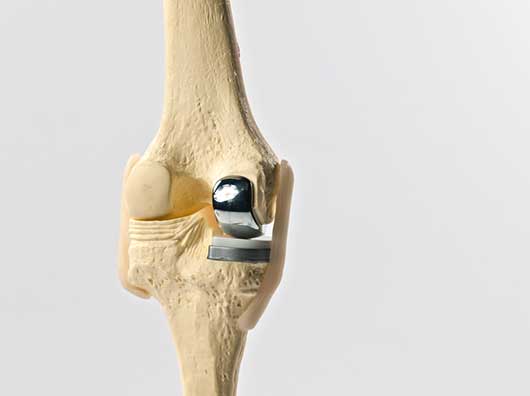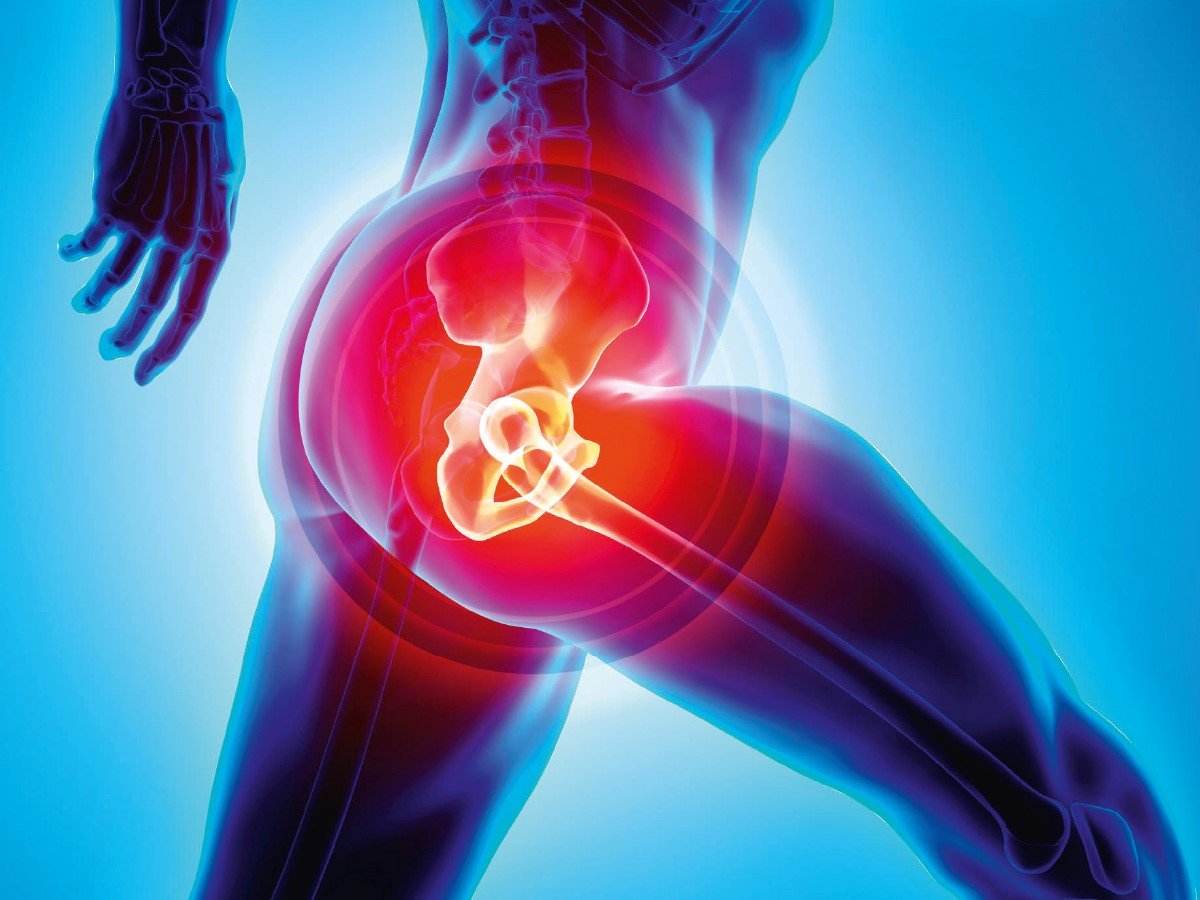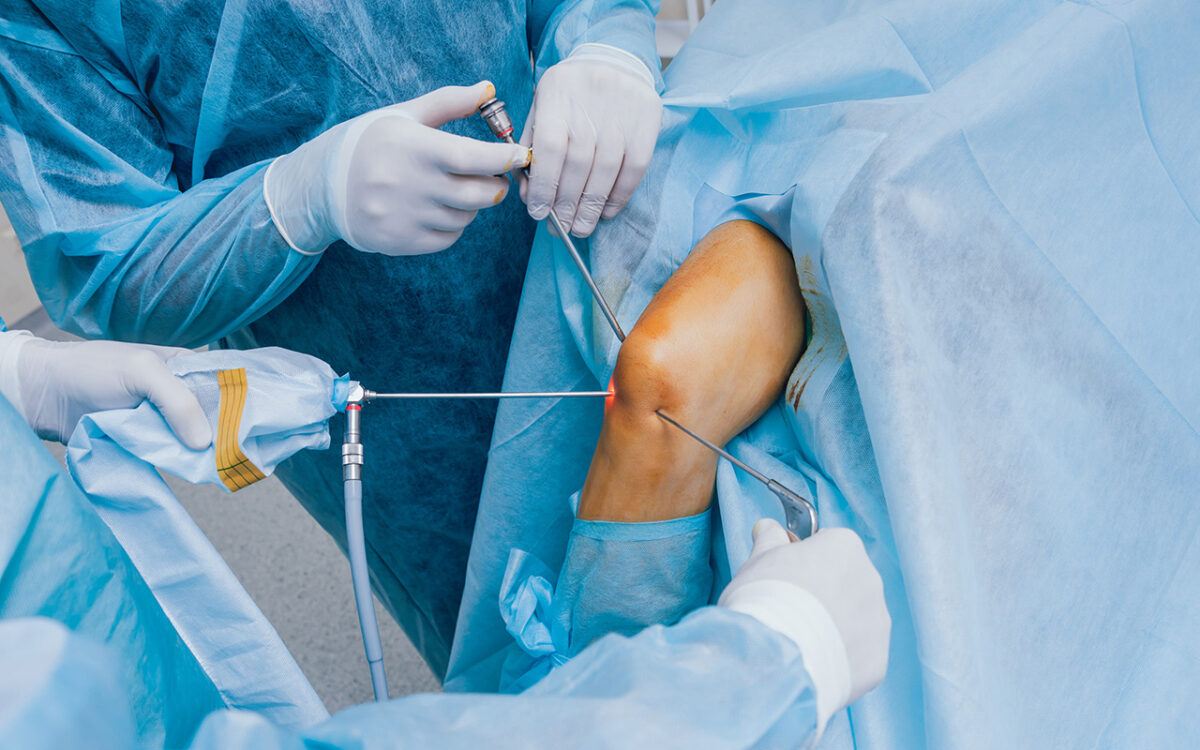Category: Uncategorized
Alignment Concept in TKR
Steps and Techniques of TKR
Partial Knee Replacement

Partial knee replacement, also known as unicompartmental knee arthroplasty, is a surgical procedure designed to treat specific areas of the knee affected by arthritis or other degenerative conditions. Unlike total knee replacement, which involves replacing the entire knee joint, partial knee replacement focuses on replacing only the damaged portion of the knee while preserving the healthy parts. This procedure offers several benefits and considerations for patients.
Here are some important points to know about partial knee replacement:
- Patient selection: Not all patients are candidates for partial knee replacement. The procedure is typically recommended for individuals who have arthritis limited to one compartment of the knee, usually the medial (inner) or lateral (outer) compartment. A thorough evaluation by an orthopedic surgeon will determine if you are a suitable candidate for partial knee replacement.
- Targeted approach: Partial knee replacement allows for a more targeted approach to knee joint resurfacing. The surgeon selectively removes the damaged cartilage and bone from the affected compartment and replaces it with an artificial implant. The healthy parts of the knee, including the ligaments and other compartments, remain intact.
- Minimally invasive: Partial knee replacement is a minimally invasive procedure, which means it involves smaller incisions and less disruption of surrounding tissues compared to total knee replacement. This generally results in less pain, reduced blood loss, and a quicker recovery time for patients.
- Faster recovery: Partial knee replacement typically offers a faster recovery compared to total knee replacement. Since only a portion of the knee is replaced, patients may experience less pain and swelling. They can often bear weight on the operated leg sooner and begin rehabilitation exercises to regain mobility and strength more quickly.
- Long-term outcomes: Partial knee replacement has shown excellent long-term outcomes for suitable candidates. The procedure can provide significant pain relief, improved knee function, and increased range of motion. It can also delay or avoid the need for total knee replacement in patients with isolated knee compartment arthritis.
- Potential limitations: Partial knee replacement is not suitable for everyone. If arthritis affects multiple compartments of the knee or if ligament instability is present, total knee replacement may be a more appropriate option. It is essential to have a thorough discussion with your orthopedic surgeon to determine the best treatment approach for your specific condition.
In conclusion, partial knee replacement is a specialized surgical procedure that can be a viable option for individuals with isolated knee compartment arthritis. It offers targeted treatment, a faster recovery, and excellent long-term outcomes for eligible candidates. If you are experiencing knee pain or reduced mobility due to arthritis, consult with an orthopedic surgeon to discuss whether partial knee replacement might be a suitable treatment option for you.
Hip Replacement Surgery

Hip replacement surgery, also known as total hip arthroplasty, is a surgical procedure in which a damaged or diseased hip joint is replaced with an artificial joint, or prosthesis. The procedure is typically recommended for people who experience severe hip pain and reduced mobility due to arthritis or other joint conditions that have not improved with non-surgical treatments.
Here are some key points to know about hip replacement surgery:
- Evaluation: Before undergoing hip replacement surgery, your doctor will perform a thorough evaluation to determine if the procedure is necessary and safe for you. This may involve medical history review, physical examination, and imaging tests such as X-rays or MRI scans.
- Procedure: The hip replacement surgery involves removing the damaged parts of the hip joint and replacing them with an artificial joint made of metal, plastic, or ceramic components. The procedure can be performed through traditional open surgery or minimally invasive techniques.
- Recovery: After hip replacement surgery, patients typically stay in the hospital for a few days and then transition to rehabilitation to regain strength and mobility. Physical therapy and exercise programs can help improve range of motion and muscle strength. It may take several months to fully recover from hip replacement surgery.
- Benefits: Hip replacement surgery can provide significant relief from hip pain and improved mobility, allowing patients to resume daily activities that were once difficult or impossible due to joint pain.
- Risks and complications: As with any surgical procedure, hip replacement surgery carries some risks and potential complications, such as infection, blood clots, dislocation of the artificial joint, and nerve damage. However, these risks are relatively low, and most patients experience successful outcomes.
Overall, hip replacement surgery is a safe and effective procedure for treating severe hip joint pain and improving mobility. If you are experiencing hip pain or reduced mobility, talk to your doctor about whether hip replacement surgery may be an appropriate treatment option for you.
Arthroscopy

Arthroscopy is a minimally invasive surgical procedure that allows doctors to diagnose and treat problems within joints, such as the knee, shoulder, and hip. In this procedure, a small camera is inserted into the joint through a small incision, allowing the surgeon to view the joint on a monitor and perform any necessary repairs or treatments.
Here are some key points to know about arthroscopy:
- Diagnosis: Arthroscopy is often used to diagnose joint problems that cannot be seen on an X-ray or other imaging tests. The procedure allows the surgeon to see the inside of the joint and identify any damage or abnormalities.
- Treatment: In addition to diagnosis, arthroscopy can also be used to treat a variety of joint problems, such as torn ligaments, cartilage damage, and joint inflammation. The surgeon can use specialized tools to repair or remove damaged tissue during the procedure.
- Minimally invasive: Arthroscopy is a minimally invasive procedure, which means that it involves smaller incisions and less tissue damage than traditional open surgery. This typically results in less pain and a faster recovery time for the patient.
- Outpatient procedure: Arthroscopy is usually performed on an outpatient basis, which means that the patient can go home the same day as the procedure. However, some patients may need to stay overnight in the hospital, depending on the extent of the procedure and their overall health.
- Risks and complications: As with any surgical procedure, arthroscopy carries some risks and potential complications, such as infection, bleeding, and nerve damage. However, these risks are generally low, and most patients experience a successful outcome.
Overall, arthroscopy is a safe and effective procedure for diagnosing and treating joint problems. If you are experiencing joint pain or other symptoms, talk to your doctor about whether arthroscopy may be an appropriate treatment option for you.
